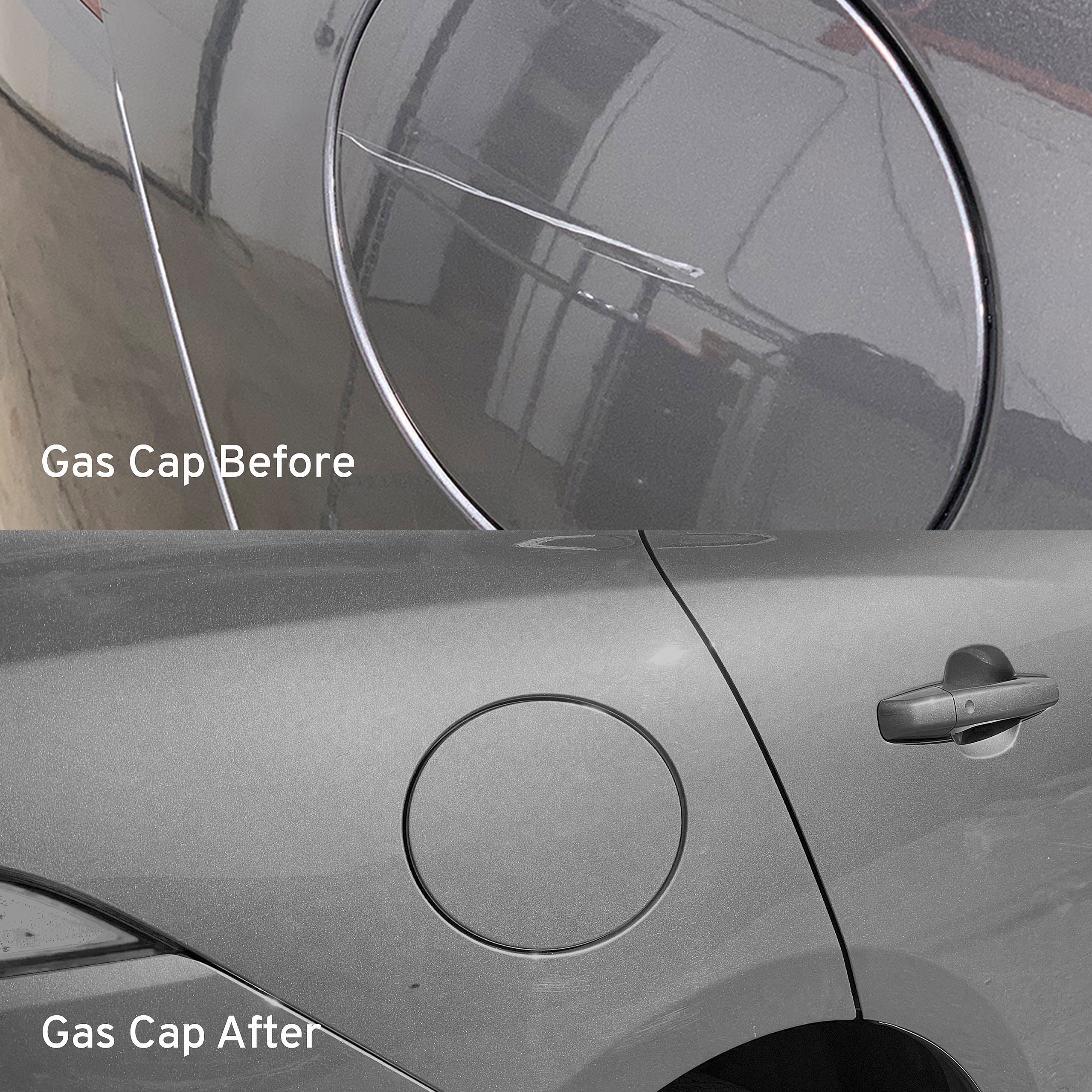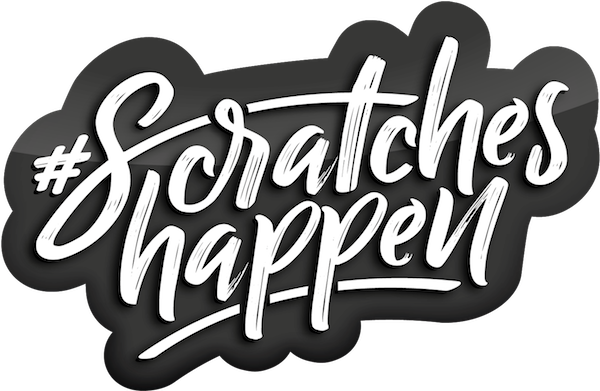Paint & Color
When to Brush and When to Spray
Which kit do I need?
Last updated on 17 Oct, 2025
Which kit you need depends on scratch size, depth, and location. Evaluate your scratch this way:
Size: If the scratch or damage is smaller than a coin, you should be able to use a bottle kit. Anything larger than a coin is a good candidate for an aerosol kit, such as a scrape from a concrete pillar.
Depth: If the scratch is deep, through the factory primer, so that you see metal or plastic, you need a kit with primer to replace that factory primer. Paint doesn't stick directly to metal or plastic; it needs primer applied first. The Preferred and Complete kits include primer.
Location:
Highly Visible: For a location like mirror, or hood, etc., where you want a perfectly invisible repair, even small chips and scrapes would benefit from an aerosol repair because a brush repair won't have the same texture as a sprayed finish.
Less Visible: For a larger rock chip on the rocker panel, you could use a bottle kit because your priority is more about protecting against future rust, and less about visibility.
Many Small Chips: For a cluster of many small or tiny rock chips, you should repair them with an aerosol. Otherwise, that many brush texture repairs so close together could be very noticeable.
Removable Location: For a removable part such as a mirror, gas cap, motorcycle tank, side panel or wheel fender, or a helmet, you should spray the paint. It can be removed or the surrounding area masked, and sprayed with aerosol paint without worrying about blending the paint or clear coat to the factory finish.
Below is an example of a gas cap on a 2017 Jaguar F Pace that was keyed, and sprayed with ScratchesHappen aerosol paint and clear coat.


